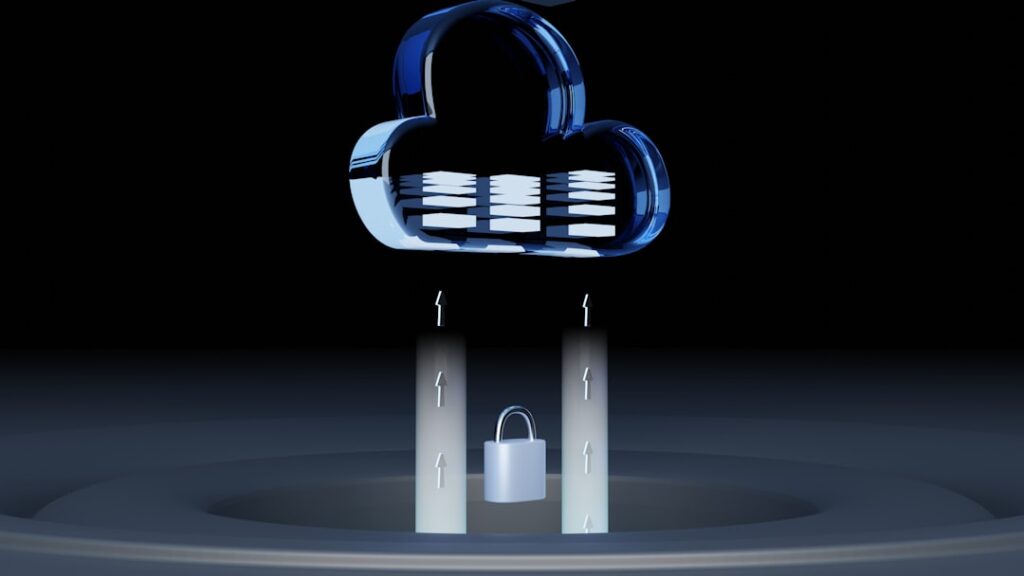Cloud Security Best Practices: A Comprehensive Guide
Introduction
In today’s digital landscape, migrating to the cloud offers unparalleled scalability and flexibility. However, this transition also introduces new security challenges. Effective cloud security requires a proactive and multi-layered approach. This comprehensive guide outlines essential best practices to ensure the robust protection of your cloud-based assets. Understanding and implementing these practices is crucial for mitigating risks and maintaining data integrity in the cloud environment.
Access Management and Identity Control
Principle of Least Privilege
Grant users only the minimum necessary access rights to perform their duties. Avoid granting excessive permissions, which can increase the potential impact of a security breach. Implement robust role-based access control (RBAC) to manage and control user privileges effectively.
Multi-Factor Authentication (MFA)
MFA adds an extra layer of security by requiring multiple forms of authentication, such as passwords, security tokens, or biometric verification. Enforce MFA for all users accessing cloud resources, significantly reducing the risk of unauthorized access even if credentials are compromised.
Regular Access Reviews
Conduct regular reviews of user access permissions to identify and revoke unnecessary or outdated privileges. This helps prevent unauthorized access and ensures that only authorized personnel have access to sensitive data.
Data Security and Encryption
Data Encryption at Rest and in Transit
Encrypt data both while it’s stored (at rest) and while it’s being transmitted (in transit) to protect against unauthorized access. Utilize strong encryption algorithms and regularly update encryption keys to maintain security.
Data Loss Prevention (DLP)
Implement DLP measures to prevent sensitive data from leaving the cloud environment without authorization. This includes monitoring data transfers, identifying sensitive information, and blocking unauthorized attempts to exfiltrate data.
Secure Data Storage and Backup
Choose reputable cloud providers with robust security measures and employ secure storage solutions, including encryption and access controls. Regularly back up your data to a separate location to ensure business continuity in case of data loss or corruption.
Network Security
Virtual Private Networks (VPNs)
Use VPNs to create secure connections between users and cloud resources, encrypting all data transmitted over the network. VPNs protect data from eavesdropping and unauthorized access, especially when accessing cloud resources from public networks.
Firewall Management
Configure firewalls to control network traffic, allowing only authorized access to cloud resources. Regularly review and update firewall rules to adapt to changing security needs and block malicious traffic.
Intrusion Detection and Prevention Systems (IDPS)
Deploy IDPS to monitor network traffic for suspicious activity and automatically respond to security threats. IDPS can detect and prevent intrusions, protecting your cloud environment from malicious attacks.
Vulnerability Management and Patching
Regular Security Assessments
Conduct regular security assessments, including vulnerability scans and penetration testing, to identify and address potential security weaknesses in your cloud infrastructure. This proactive approach helps prevent exploitation by attackers.
Automated Patching
Implement automated patching processes to promptly apply security updates to your cloud resources. Keeping software up-to-date is crucial for mitigating vulnerabilities and preventing attacks that exploit known weaknesses.
Security Information and Event Management (SIEM)
Use SIEM tools to collect and analyze security logs from various cloud resources, providing centralized monitoring and alerting capabilities. SIEM systems help identify security threats and respond effectively to incidents.
Compliance and Governance
Compliance with Relevant Regulations
Ensure your cloud environment complies with all relevant industry regulations and standards, such as GDPR, HIPAA, or PCI DSS, depending on your industry and the type of data you handle. Non-compliance can lead to significant penalties and reputational damage.
Security Policies and Procedures
Develop and implement comprehensive security policies and procedures that clearly define roles, responsibilities, and security best practices within your organization. Regularly review and update these policies to reflect evolving security threats and best practices.
Conclusion
Implementing robust cloud security practices is not a one-time effort but an ongoing process. By adopting a proactive and layered approach, incorporating the best practices outlined above, and continuously adapting to the ever-evolving threat landscape, organizations can significantly reduce their risk exposure and maintain the security and integrity of their cloud-based assets. Remember, a strong security posture is paramount to leveraging the full benefits of cloud computing while minimizing potential vulnerabilities.


